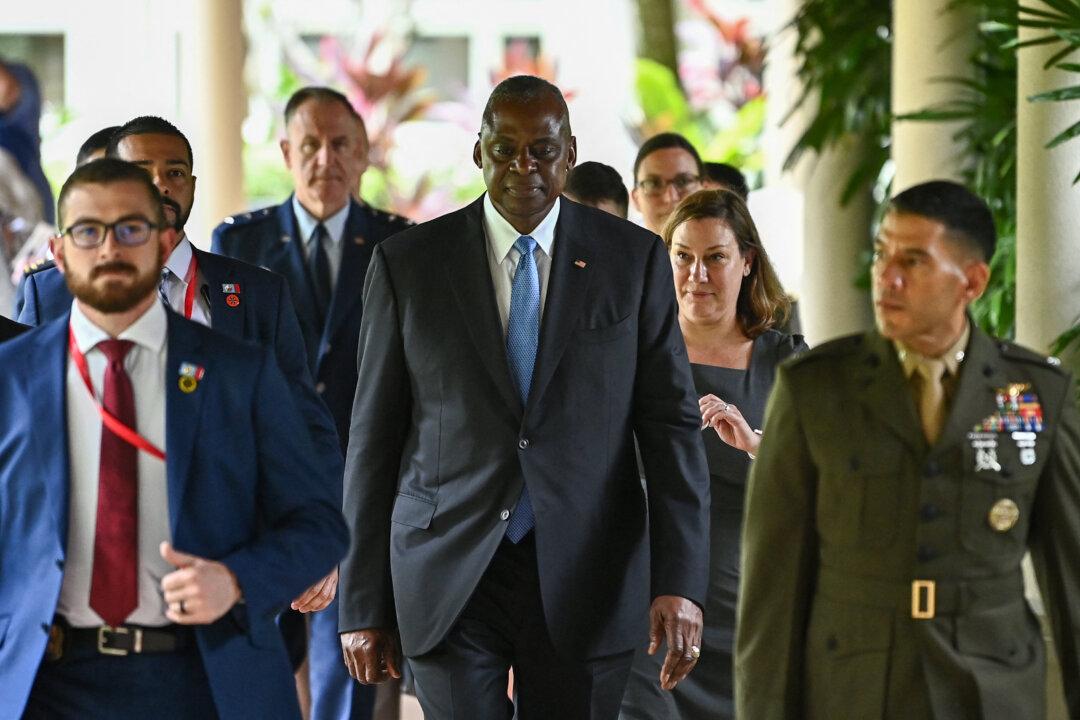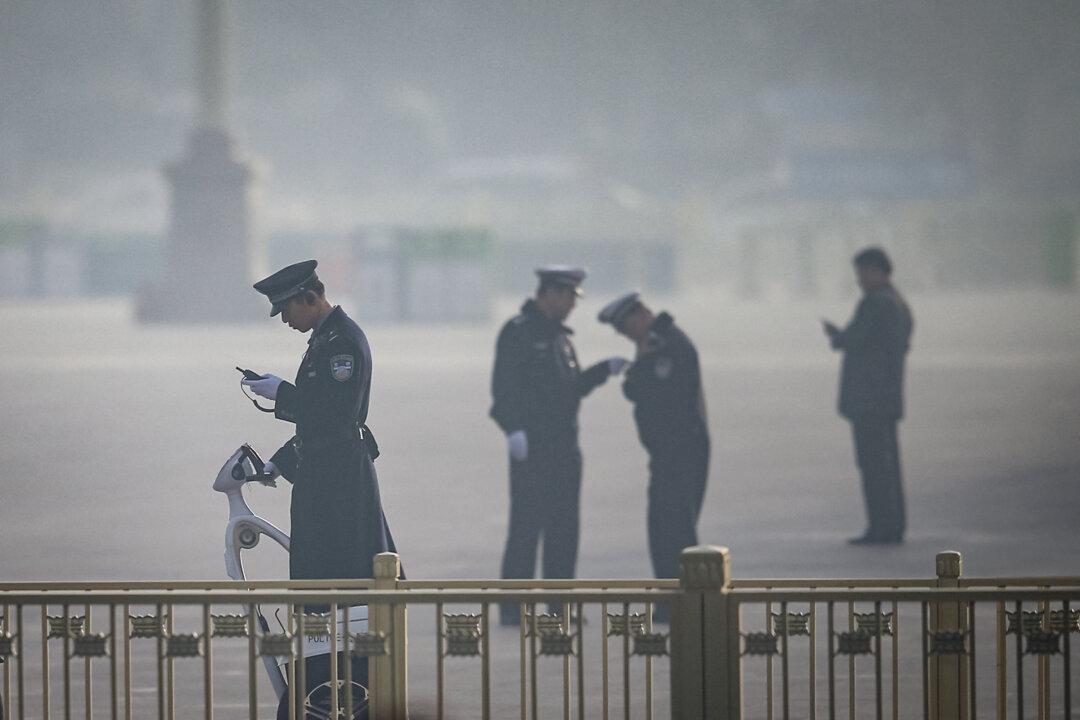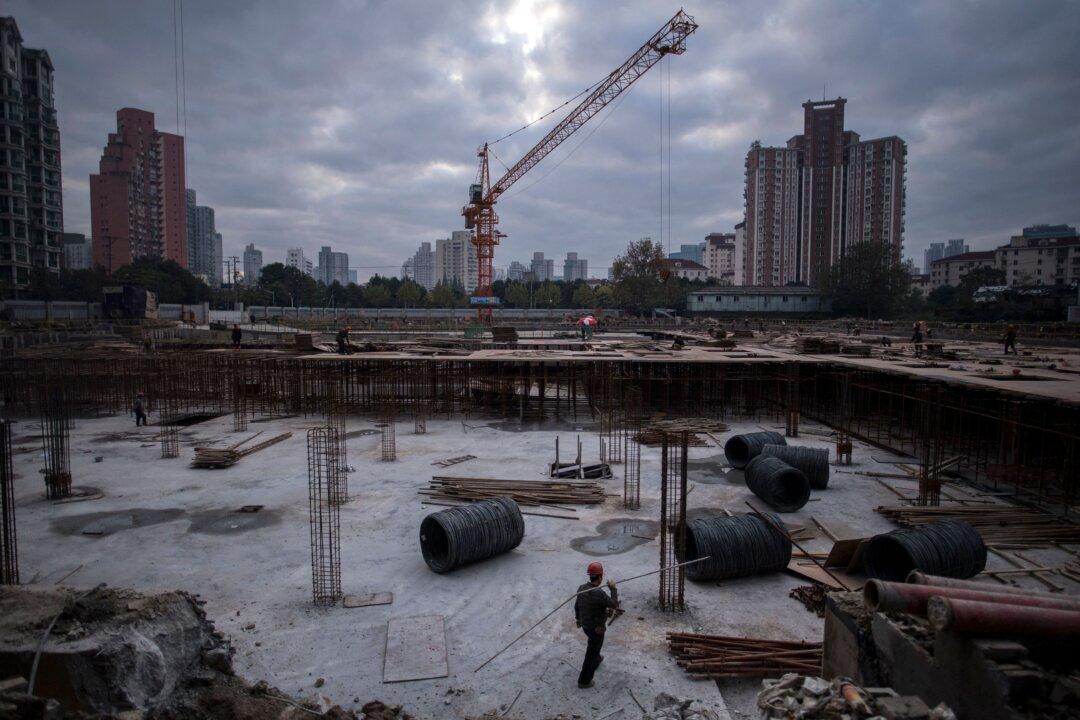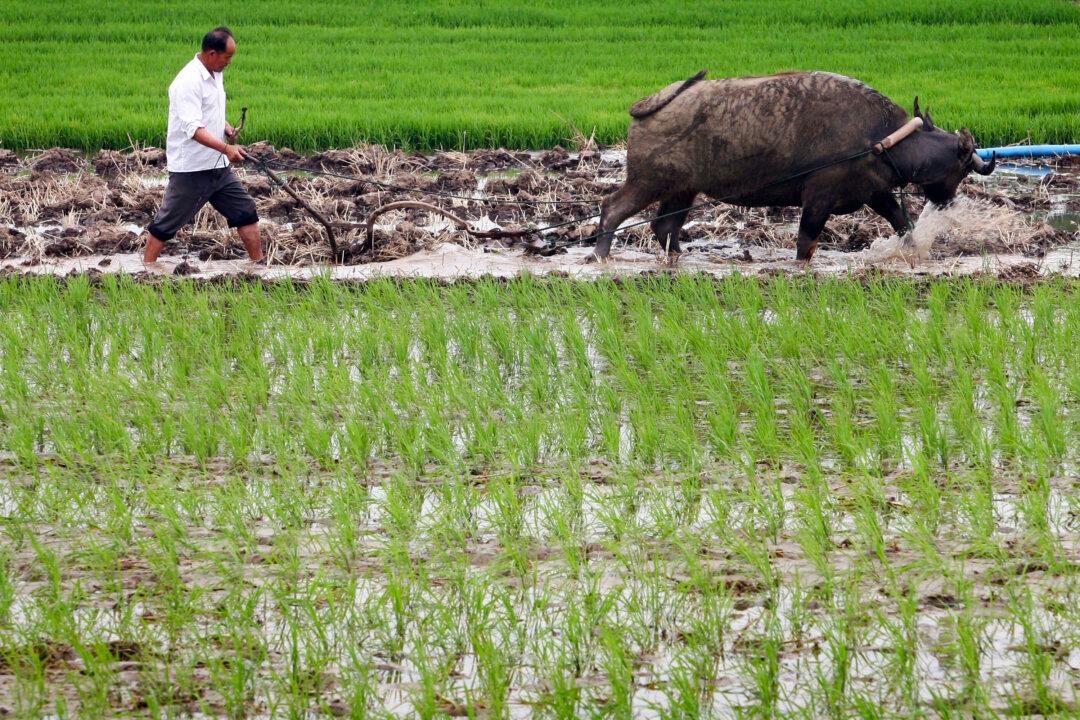Commentary
The 21st annual Shangri-La Dialogue (SLD), a premier Asia-Pacific defense summit, convened this year in Singapore from May 31 through June 2, attracting representatives from twenty-eight nations. A focal point of the event involved the mounting tensions between the United States and China regarding the Taiwan Strait. Defense chiefs from both countries engaged in direct discussions but remained far apart in their positions, often clashing. Speculation arose as to how both sides might collaborate in de-escalating the conflict arising from China’s threat of dominance over Taiwan versus that country’s desire to maintain its sovereignty.





